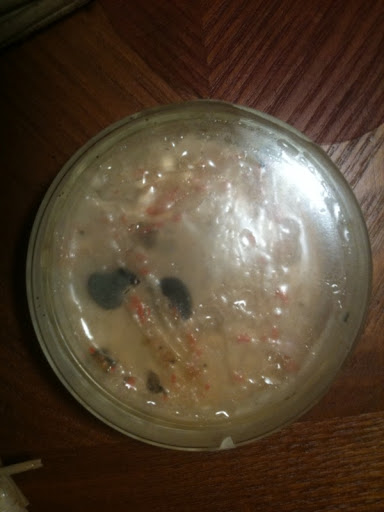I tried a different approach. I put a beaker with sterile, low sugar conc. wort outside for two weeks.
I took ~5ml of that, grew all kinds of stuff, mixed that with some water and flour, and waited 24 hrs. Did the whole sourdough refresh thing every 24hrs for 3/4 days. It started to ferment, and smelled pretty bad. I used it to inoculate high sugar medium, YPED with maltose (small scoop of dough in 300ml). Shook overnight at 30 degrees.
Did the same for a "control", just flour with water, and also the sourdough procedure. Also that started to ferment, actually faster and harder. Also added that to the high sugar medium (maltose).
Next day two cultures grew, and smelled really "bready", the same smell you get for certain yeast starters. I checked under light microscope, and the one I started from the outside culture contained 80% bacteria, 20% yeast, if not less yeast, the other one was about 50-50. The bacteria were different clearly, but the yeast seemed similar (I have seen different yeasts look different but these were indistinguishable). I plated each with an ocular hook on agar plate, to see what I got.
The reason I went for this approach is that the beaker with wort smelled super foul, and contained a lot of fungus. I just do not know how to select for yeast. Maybe where I live is just bad..
I only hope I did not get Candida milleri - since it can not metabolize maltose.
A minimal medium test will show that pretty quick, in the future.
I also went to an apple orchard, picked a few apples and tossed those in medium, as a backup.
If it does not work, I can always make some nice bread




